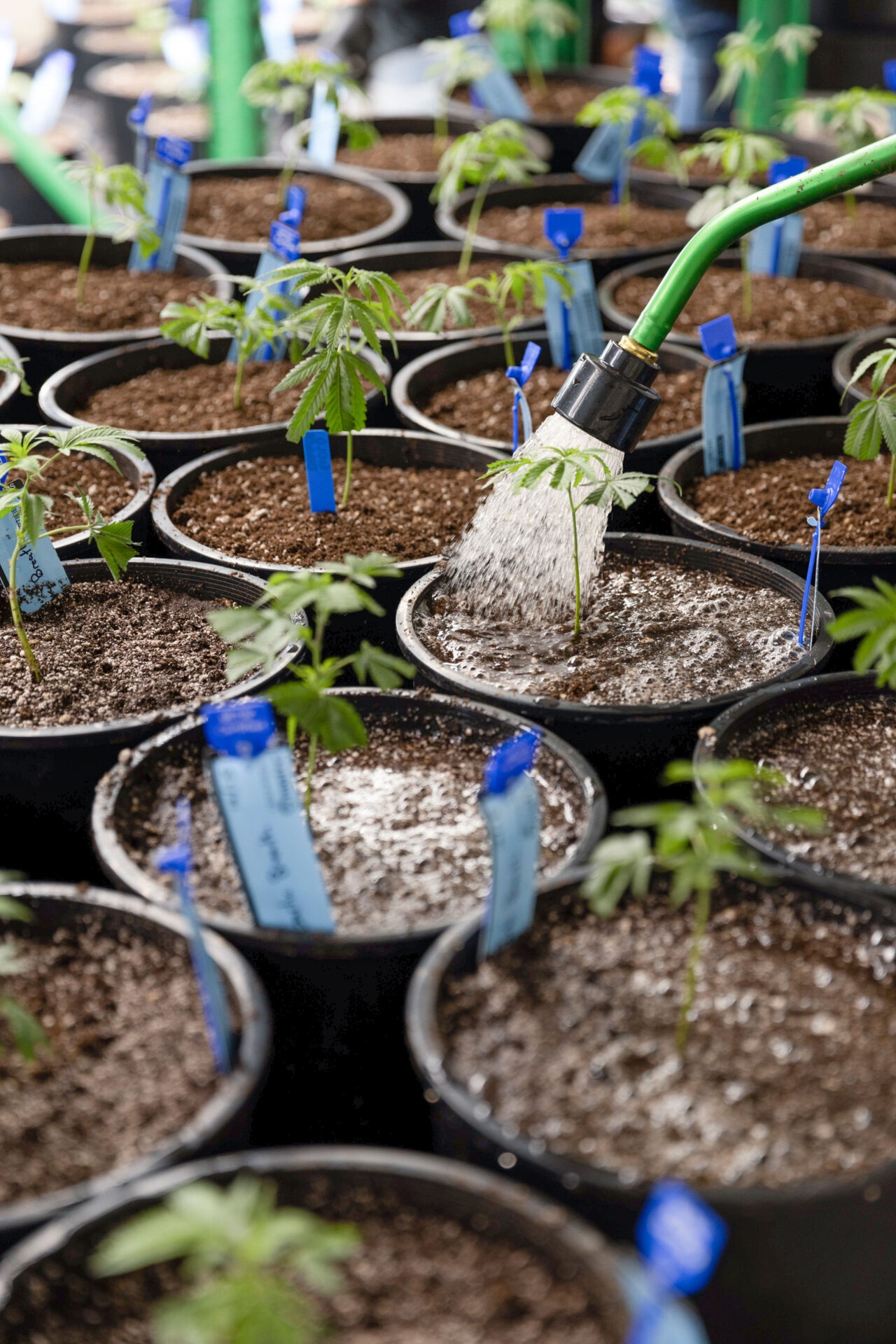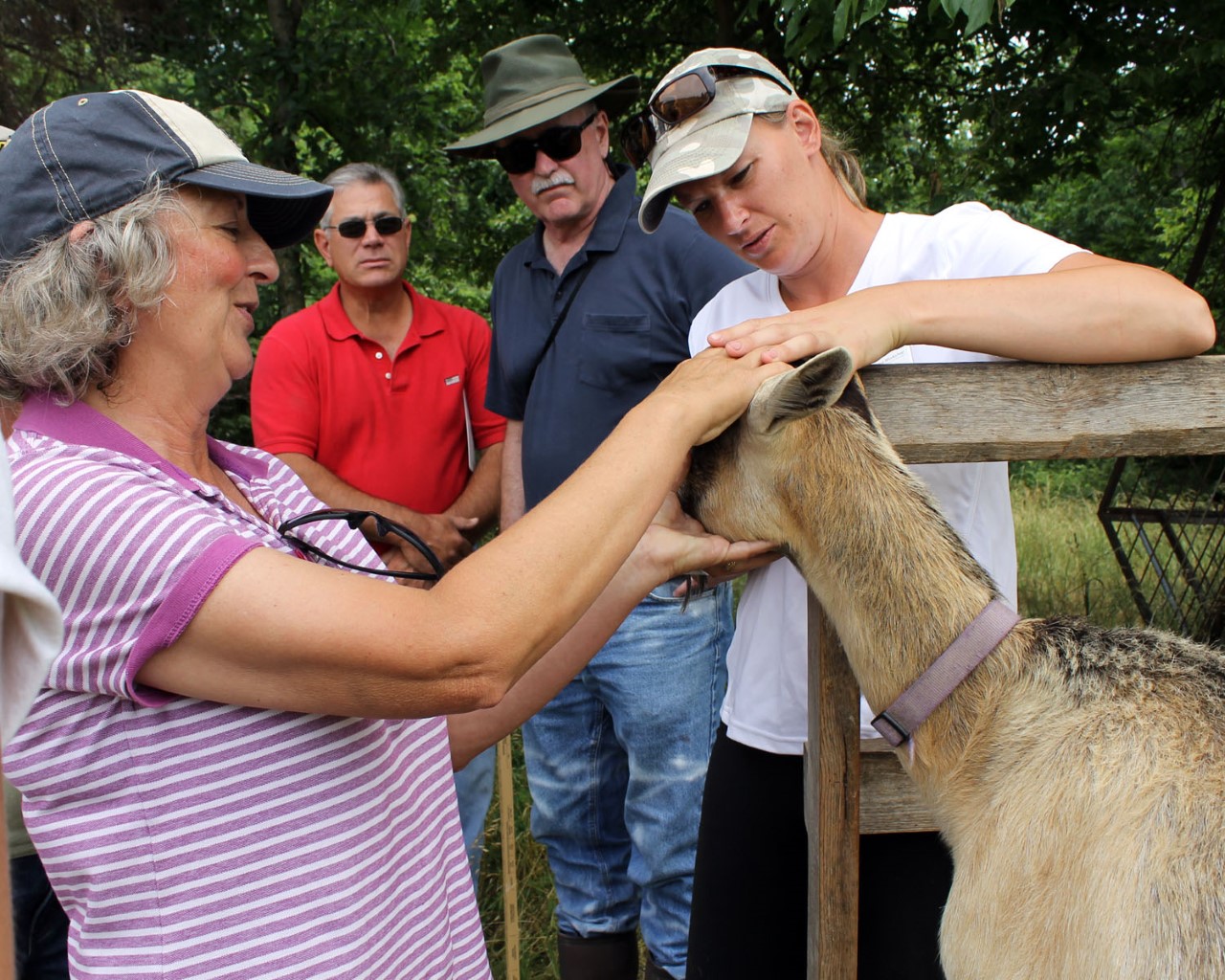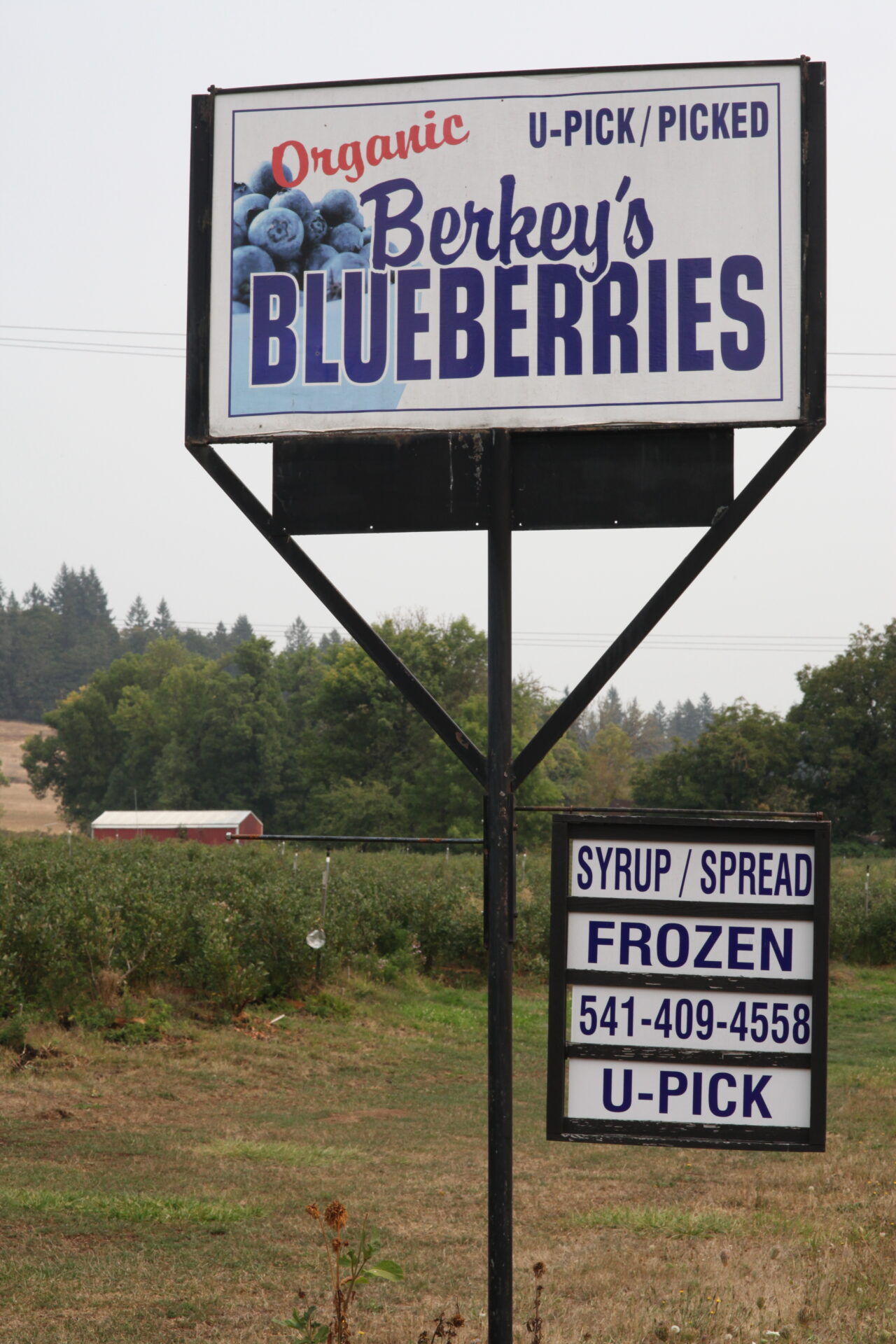A new state-level proposal looks to provide a $100 million General Fund in grant funding for local governments to complete environmental studies, license reviews and mitigate environmental impacts for cannabis.
The plan, proposed by Governor Newsom on May 14, 2021, is being labeled the “California Comeback Plan” and supports a broader effort to transition cannabis businesses into the regulated market, a reduction in barriers to entry for small businesses and a sustainability pilot program. The plan also proposes a Deputy Director of Equity and Inclusion to lead state efforts to address the impacts of the War on Drugs and allocates nearly $630 million in cannabis tax funds to public health, environmental protection and public safety initiatives.
Transfer to Regulated Market
It has been historically difficult for cannabis licensees to transfer from a provisional license to the regulated market due to disruption of California’s environmental commitments.
Currently, about 82% of licensees are provisionally licensed. Thus, a program that targets jurisdictions that have high numbers of provisional licensees across the supply chain is necessary.
The program, called the Local Jurisdiction Assistance Grant Program, will provide funds intended to aid locals in more expeditiously reviewing provisional licensee local requirements for cannabis, notably those related to the California Environmental Quality Act. These funds can be passed through to licensees for things such as mitigation measures, including those related to water conservation. The state can more rapidly transition provisional licensees to annual state licenses once these requirements are met.
“This grant funding aims to serve local governments and a significant portion of the provisional license population, including a number of small businesses and equity operators,” said Nicole Elliott, Governor Newsom’s Senior Advisor on Cannabis. “We are committed to maintaining stability across the cannabis supply chain, supporting our local partners and transitioning provisional licenses into annual licensure more swiftly without sacrificing California’s environmental commitments.”
The funding Governor Newsom’s plan is proposing, calculated based on provisional licenses issued by the state, would be divided into three categories:
- Category 1 – 25%: top eight jurisdictions allowing cannabis cultivation.
- Category 2 – 25%: top eight jurisdictions allowing manufacturing and the top 8 jurisdictions allowing all other cannabis activities, except events.
- Category 3 – 50%: additional funding for jurisdictions that qualify for Category 1 or 2 and are also implementing local equity programs.
The provisional license plan is currently set to end on January 1, 2022, while the California Comeback Plan proposes allowing provisional licenses to be issued till June 30, 2022. The catch is that licensees looking to continue holding a provisional license past the current end date comply with explicit environmental requirements laid out in the Governor’s plan. Additionally, the plan mandates the Department of Cannabis Control to specify through regulation what progress is required to maintain a provisional license. The licensee can continue to maintain a provisional license as long as measureable progress is being made to achieve annual licensure.
Sustainable Pilot Program
The California Comeback Plan also proposes $9 million in funding for a Sustainable California Grown Cannabis pilot program, which will incentivize licensed outdoor cannabis growers to participate in the collection of data to benchmark best practices that reduce the environmental impact of cannabis water and energy use, pest management and fertilizer practices, and to enhance soil health.
The purpose of the pilot program is to establish science-based data for the future inclusion of cannabis in current and future state and national voluntary programs to advance environmental stewardship and to develop and advance Best Management Practices for Sustainable Cannabis Growing. However, some California growers are skeptical of the plan’s agenda.
Justin Eve, owner of 7 Generations Producers and a USDA-certified organic cannabis grower, believes that the program will appeal more to pharmaceutical companies as an incentive than it will to agricultural cannabis growers. “We see this carrot that they’re waving,” he said. “Here’s some free money or a way to be sustainable or whatever that is, but we ultimately know that the only people that will hold up to their regulations that they’re imposing will be these larger corporations and big pharma. They’re not telling people what their true intentions are.”
Eve noted that pharmaceutical companies have been trying to push California away from industrial cannabis production and that the state is missing a key opportunity for agriculture. “I think [it’s a] great program, but the unfortunate thing is that they’re putting so much emphasis on pharmaceuticals that they’re missing the opportunity of how this crop could be so much more than just a drug to get everyone high recreationally.”
New Position Opens
The California Comeback Plan proposes an additional position within the Department of Cannabis Control, a Deputy Director of Equity and Inclusion, to serve as the lead on all matters of the Department pertaining to the implementation of the California Cannabis Equity Act. The Equity Act provides funding for local jurisdictions to develop and operate local cannabis equity programs that focus on the inclusion and support of individuals in California’s legal cannabis marketplace who are from communities negatively or disproportionately impacted by cannabis criminalization.
The Deputy Director of Equity and Inclusion would be the Department liaison for local equity programs created to support and reduce barriers to entry for those negatively impacted by the War on Drugs and would also work directly with the Department Director to further incorporate equity and inclusivity into policies and operational activities throughout the Department.
Updated Tax Allocations
More than $629 million in cannabis tax funding will be available for public health, environmental protection and public safety initiatives, a 41.9% increase from the Governor’s Budget estimates in January, according to the Plan. 60% ($377.5 million) of the tax funding will go toward education, prevention and treatment of youth substance use disorders and school retention; 20% ($125.8 million) will go toward clean-up, remediation and enforcement of environmental impacts created by illegal cannabis cultivation; and another 20% will go toward public safety-related activities.
The Department of Cannabis Control was formed on July 1, 2021, and combines the cannabis licensing and regulatory functions performed by the Department of Consumer Affairs’ Bureau of Cannabis Control, the California Department of Food and Agriculture’s CalCannabis Cultivation Licensing Division and the California Department of Public Health’s Manufactured Cannabis Safety Branch.





